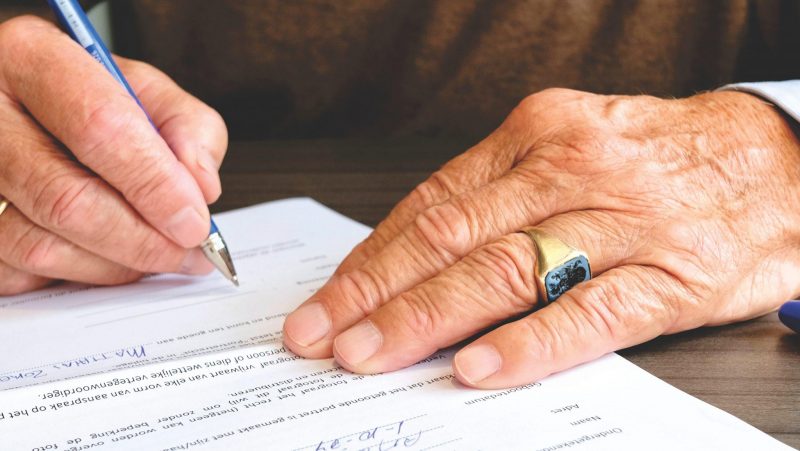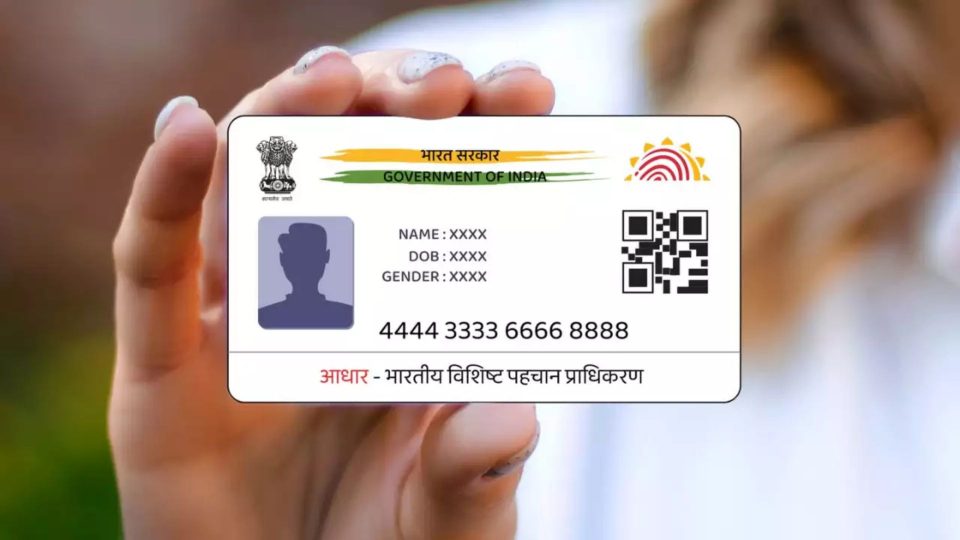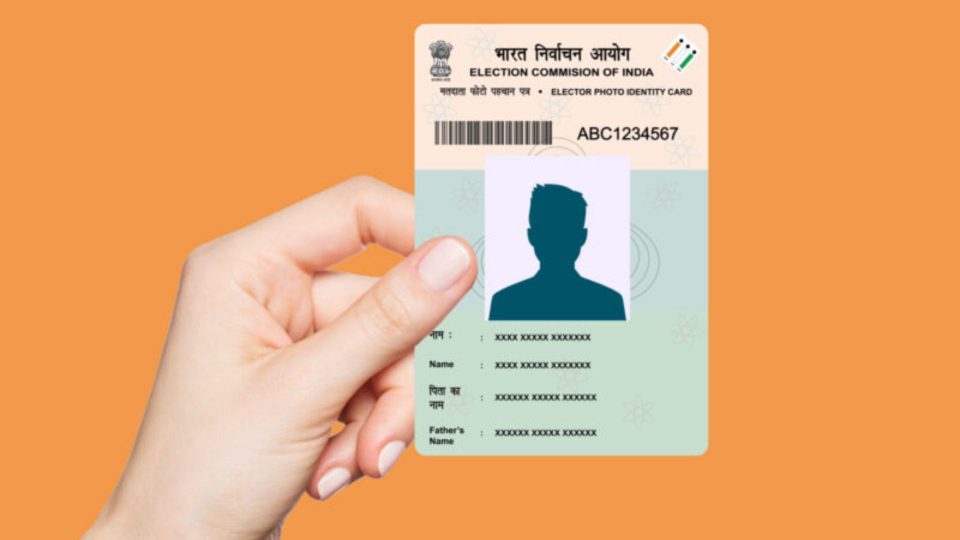Before filing a death claim money after the death of the SBI account holder, there are two things to know. One is whether the account of the deceased person was held jointly or was a sole holding account. The second is if the deceased account holder registered nominees or not.

Now, let’s have a look at the process of filing a claim with the State Bank of India after the death of an account holder.
When the account is held jointly with the survivorship clause
Generally, the account with survivorship clause states that the account is operated as – either or survivor, former or survivor, later or survivor and anyone or survivor, etc. Therefore, it means that any sort of financial transaction requires the signature of either the first account holder or any of the other account holders. In the case of non-financial transactions, the signature of all the bank account holders is required.
Also Read: India Needs At Least $100 bn FDI Every Year To Reach $5 Trillion Economy Says India-centric US Group
In a case like SBI’s saving account is held jointly but no nomination is registered, then the process of filing a death claim is simple.
The surviving account holder must submit a written application stating the death of the account holder to the bank. Also, he/she must attach the death certificate copy and a copy of ID proof of the deceased. These certificates should be self-attested by the surviving account holder.

After this, the bank will ask the surviving account holder to submit a duly filled fresh account opening form and submit a copy of PAN and address proof like passport, Aadhaar card copy, driving license etc.
When the account is held jointly without a survivorship clause
When the deceased person holds a joint saving account without a survivorship clause, then the amount can be paid jointly to the surviving account holders and legal heirs of the deceased.
Here’s an example of how this will work: X and Y has a joint account. In the event of the death of X, the balances of the savings bank account will be paid jointly to the legal heirs of X and surviving holder Y.
Also, the bank might ask legal heir(s) for the KYC process and provide a letter of indemnity and Surety. Moreover, the legal heirs required to submit depends on the amount on which the claim is made.
Claim settlement if the nomination is registered
To settle the claim of a deceased account, the nominee is counted just as a custodian of the asset who has the responsibility to hand over the asset to the legal heirs. However, in case of the sole account holder being deceased or all joint holders of a joint account being deceased, a nominee can file the claim with the bank.
The claim form can be found at the bank branch. Along with the filled claim form, the nominee will be required to paste a photograph and submit the following documents:
a) Original passbook/ (S) TDR of the account
b) Cheque book
c) ATM card of the deceased
d) Death certificate
e) Nomination receipt
f) Identification proof of the nominee showing relationship with the deceased
g) Address of the nominee




